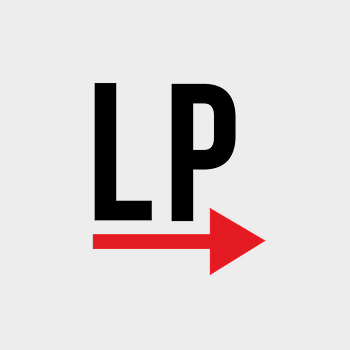Rome, Oct. 8 (LaPresse) – According to Istat data, in 2024 total healthcare spending in Italy reached €185.1 billion, of which €137.5 billion (74.3%) was public and €47.6 billion (25.7%) was private.
Of the private spending, €41.3 billion (22.3%) was paid directly by families (“out of pocket”) and €6.36 billion (3.4%) covered by health funds and insurance. Overall, 86.7% of private spending falls directly on citizens, while only 13.3% is managed through mutual or insurance schemes.
This emerges from the report by the Gimbe Foundation on the National Health Service (SSN).
“The spending by families,” explains the president of the Gimbe Foundation, Nino Cartabellotta, “is further ‘curbed’ by phenomena that reduce equity of access and worsen health conditions: limitations on health expenditures, temporary economic unavailability, and above all, the renunciation of healthcare services.”
This phenomenon reached record levels in 2024: over 5.8 million Italians (9.9% of the population) have foregone healthcare services, with significant territorial disparities — from 5.3% in South Tyrol to 17.7% in Sardinia.
The situation is expected to worsen, fueled by the increase in absolute poverty, which in 2023 affected 2.2 million families (8.4%).
“The increase in family expenses,” Cartabellotta notes, “breaks the pact between citizens and institutions, with millions forced to pay for healthcare out of pocket or, if indigent, to give up services. And above all, without the certainty of relying on a public healthcare system that guarantees assurances.”
Healthcare, Gimbe: “One in ten Italians forgo treatment, private spending is rising”


